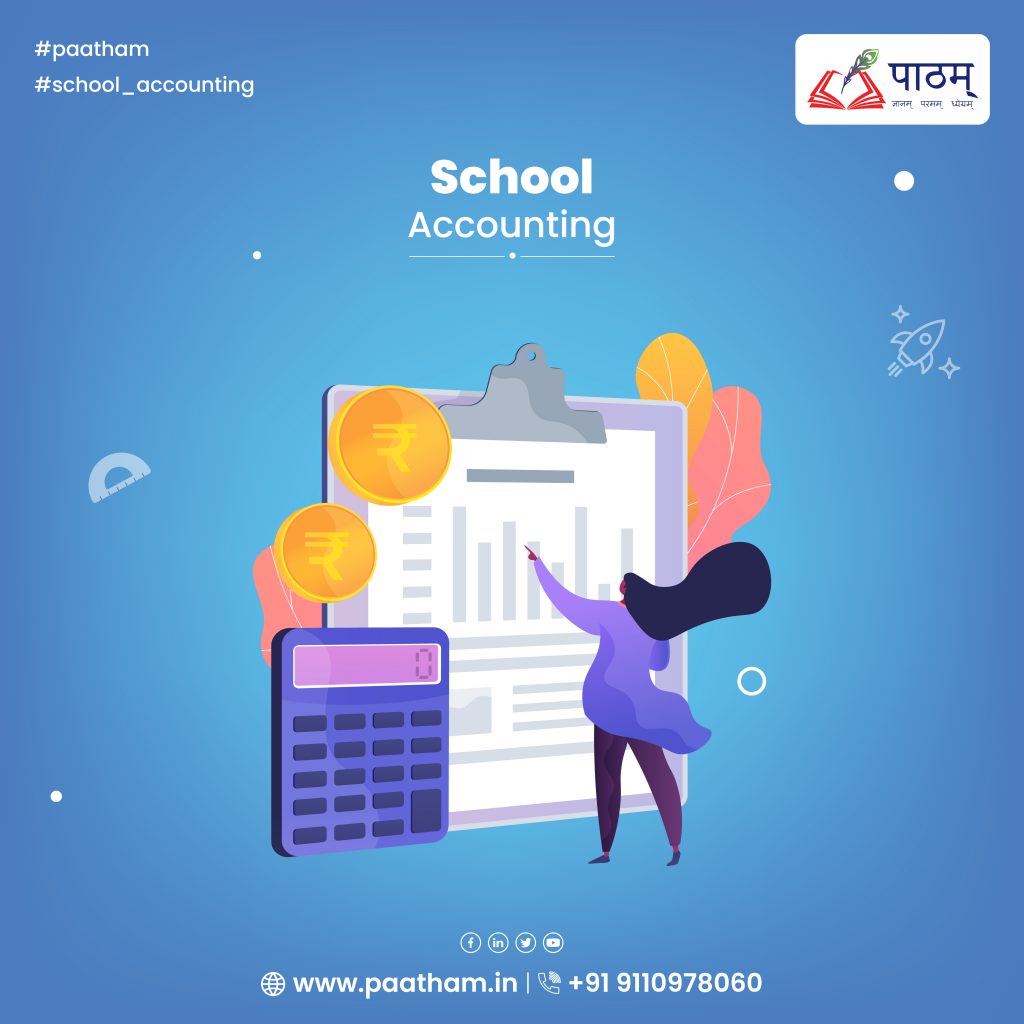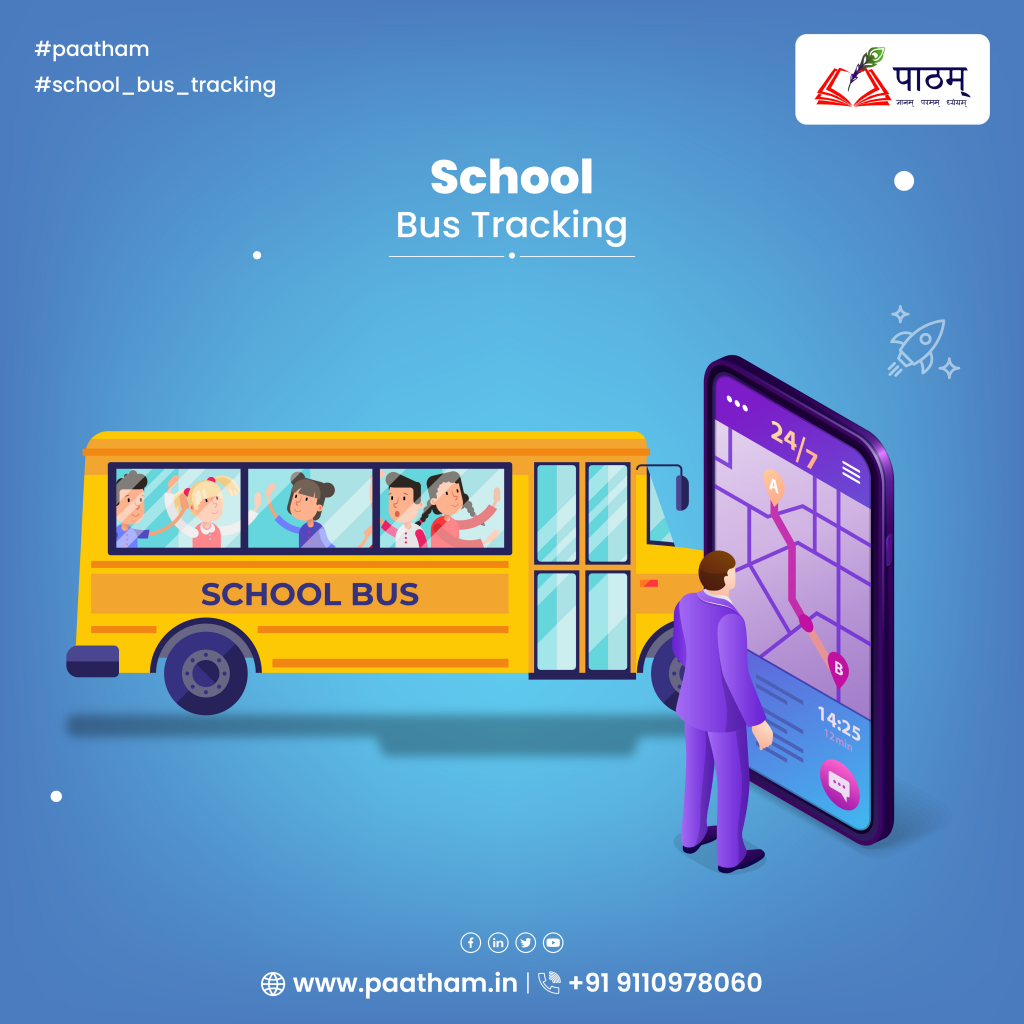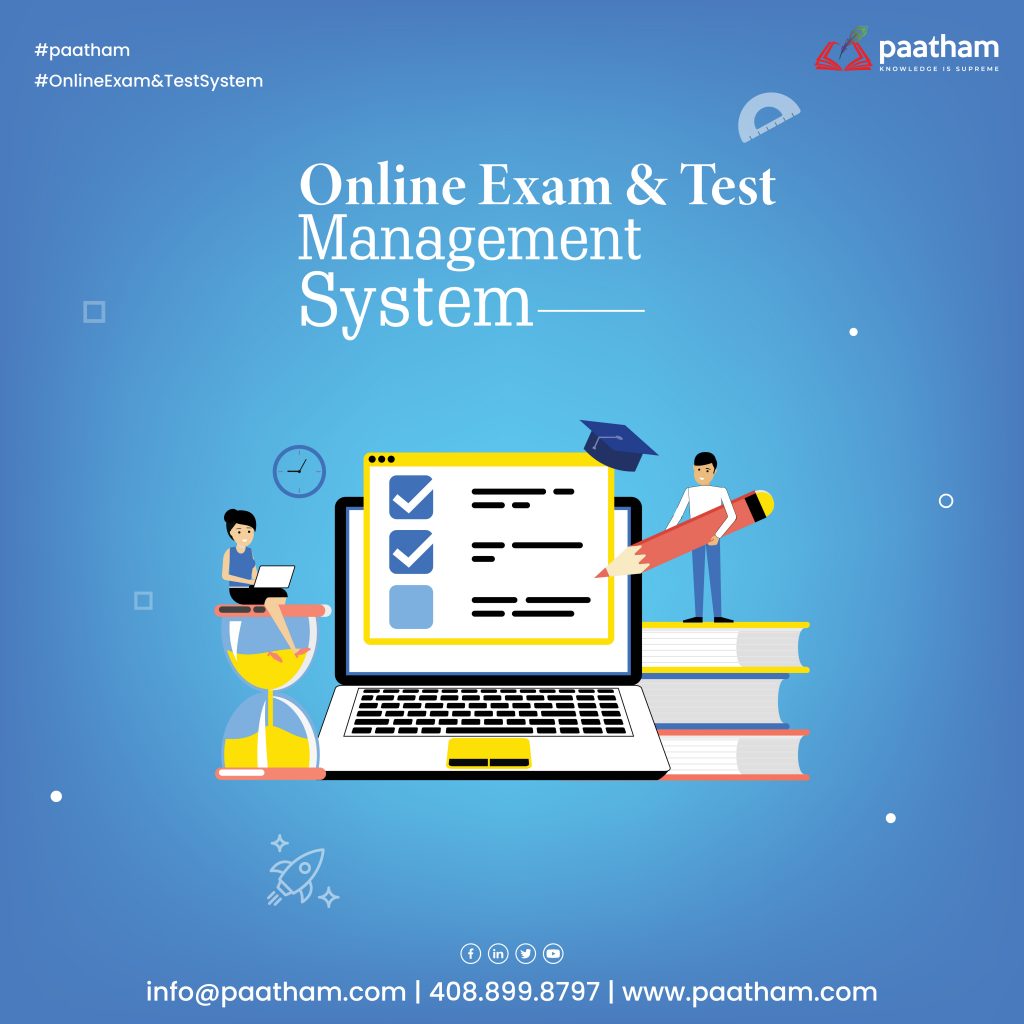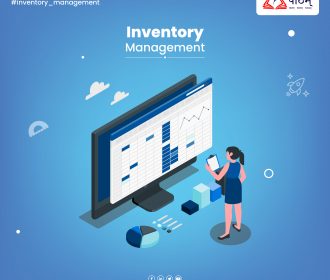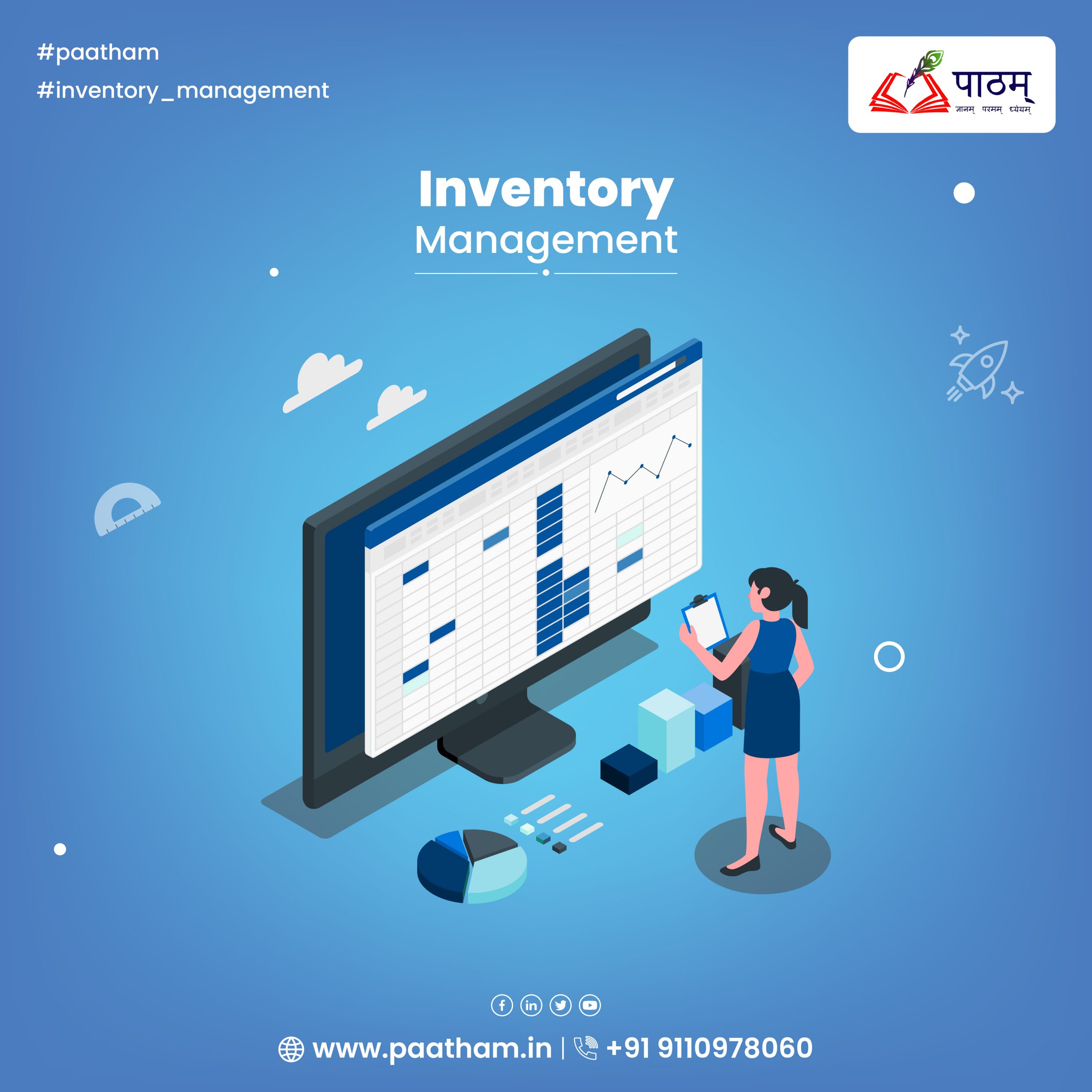https://www.paatham.in/school-payroll-software
School Payroll system plays a crucial role in the proper functioning and organization of a school. Teachers are responsible for the future of thousands of students enrolled in a school. Likewise, school administrators have to make sure that teachers are well equipped with the official paperwork and aren’t facing difficulties with regard to their records.
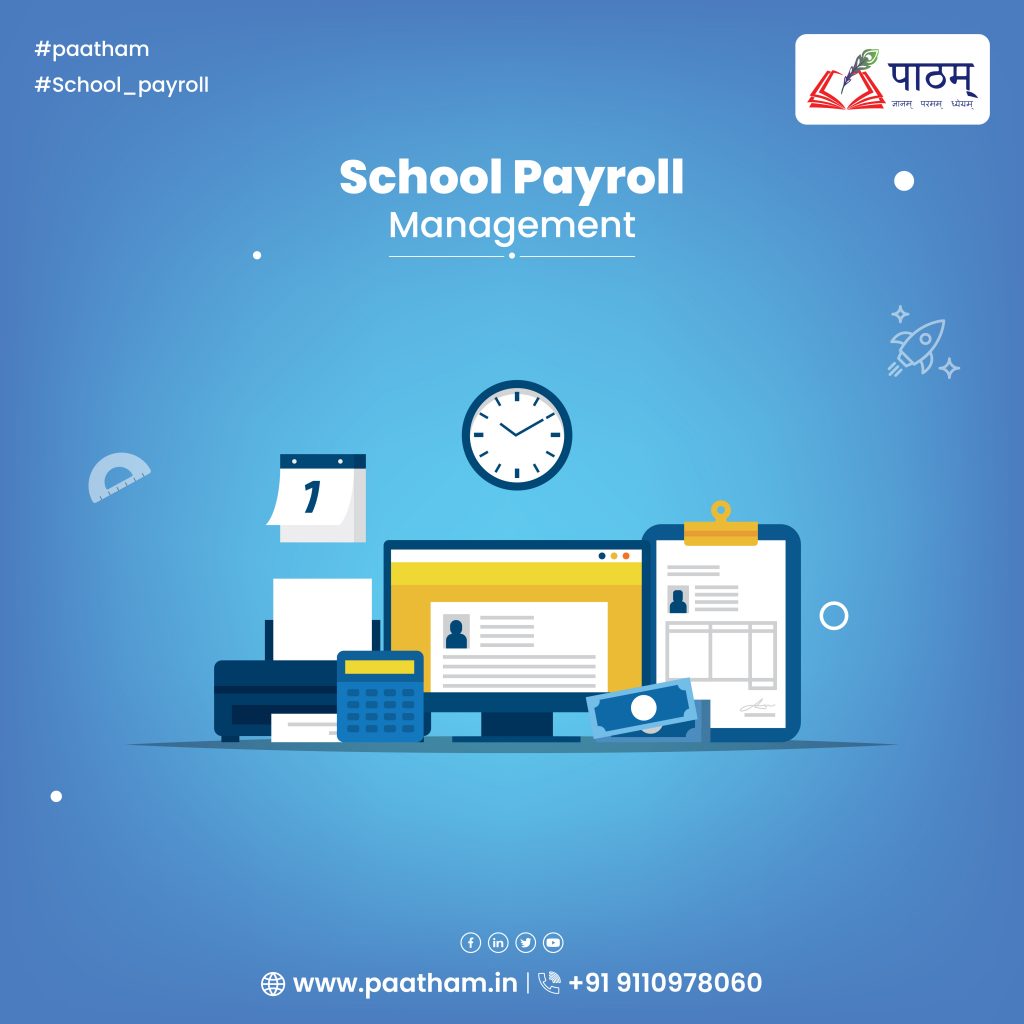
To ensure the system runs smoothly, School Payroll software helps schools in keeping a track of time and attendance and manage payroll. Payroll system act as a convenient time clock and also help with the reporting tasks. It helps to eradicate the risk of human error and ensures that no mistakes are being made. It ensures that only those with administrative rights are only provided to the appropriate users, this way confidentiality is maintained.
Efficient payroll software for schools can help schools save a large amount of money because when the school shifts from a manual system to the online school ERP software it makes the functioning of the school more effective. With a single click of a button, the administrator can prepare reports and calculate salaries. This also ensures that there is no delay in salary distribution to the teachers and other staff.
You can also see the details of employees for the addition and deduction. Additionally, the Payroll system is very easy to use and user-friendly system without any expert training required.
What is payroll software for schools?
It can be an overwhelming experience when you have to manage the whole administration system of the school which includes managing students, imparting education, communicating with parents and creating a functional learning environment. Today new and improved technology has made the work less time consuming, easy and more efficient. It has been made possible with the introduction of the Payroll system.
Payroll system is a combination of cloud software, services, processes, other systems that help completely automate the payroll process from updating employee attendance, gathering of timekeeping information, computation and disbursement of salaries and pay slips to the employees. Any school that allows for a payroll system will benefit from it. Paying the teacher and other staff consistently and with no delays not only reflects the company’s financial stability and professional attitude of the school but also impacts their morale in a positive way.
Best Payroll Software for schools
It’s important to select payroll software that accommodates the needs of the school. Payroll software that fits one school may not fit another. There is numerous school payroll software available in the market that helps you in keeping a close eye on, funds collected & issued, accounts receivable & payable budget created, etc.
There are many payroll systems like Flip school, MyClassCampus, etc But Paatham payroll system is the best payroll system among all others. Paatham is a one-stop solution for all the school administration and school management requirements.
Paatham Payroll Software
Paathamis a suitable IT Solutions Company which specializes in providing Campus Management solutions to schools and different kinds of educational and training institutions. Paatham is now poised to reach new heights of success in its chosen field of expertise with a track record of 300 plus successful installations in some of the most leading institutions in India. They have also managed to tap Global markets with years of domain expertise and core development knowledge.
Whether it is about providing seamless communication between teachers-parents, effective management of the school, allocating jobs to staff members, making a timetable, Paatham offers multiple automated features. One of the reasons that make it one of the best school accounting software is its online fee payment module. It lets you accept payment via net banking, bank cards, etc.
Features:
- It can be easily integrated with a QR reader, bar code reader, biometric machine.
- Calculate accurate attendance of both teachers and students.
- It can be integrated with the school website as well.
- Parents & students can access homework, timetable, calendar, assignments, circulars, etc. online.
- Accounting and Email integration could also be done with this system.
- It also offers Examination, Library and Registration management.
- One can most definitely keep a track of Payroll.
- School can keep a track of Student information/ Records.
- Classroom Management, Enrollment Management, and Facility Management are also key features.
Reasons why Paatham payroll software is the best payroll software:
- Improves Efficiency: In order to determine the real-time position of funds Paatham school ERP software generates a reconciled view of yearly collections which help in determining real-time positions of funds. Different reports are generated by different modules which help in keeping a track of things.
- Helps in Improving Academics & Teaching: Yearly detailed analysis report is generated by this ERP system which helps in filling the loopholes and improving the performance of Teaching and Academics.
- Encourages Transparency: By providing daily updates of attendance, homework, school news & activities, inflow and outflow of funds, circulars, etc. this online payroll management system promotes transparency.
How does a school Payroll system help a school?
Student Information
With the school payroll system, information regarding the students like their Attendance, grades, homework, etc. can be easily accessed. To avail basic information of students like grades, information regarding parents and siblings, address, etc. teachers can use the student database. Additionally, details regarding the students’, accounts, medical history billing, etc. are also added by the administration.
Fee Payment made easy
Online payment saves time and effort and is always a better option than traditional payment methods. People like to pay cashless in the modern age of computers and technology.
Parents can pay their children’s school fee without even going to school or handing over the money to their children by using a school management system. Since schools don’t have to do the manual work of collecting the fee from each student, they also benefit from this.
Handling of Accounts made easy
Every institution has to deal with the inflows and outflows of money in their organization. Schools also have their own account related activities like the salary of school staffs, managing fee vouchers, daily collection reports, etc.
Account related activities involved hectic paper works and hiccups and were always a headache for accountants. the complicated tasks and manual labor have been reduced with the launch of the payroll management system as it has made the account management process easy and precise. Dedicated modules are contained in the software which helps in the process.
Improved management of school inventory and assets
With the introduction of school management software packages school inventory management became more comfortable. Management of Hostels, School transport vehicles, Libraries, etc. becomes easy. School hostel management is one of the important features of the school management system.
Managing hostel manually is a dreary process. A school management system can help hostel administrator defining a list of wardens, daily expenses of the hostel, allotment of rooms, Hostel fees collection, etc.
The library management becomes easy as it helps the school librarian to manage all the books and keep track of the details.
Teacher Information
Along with keeping a track of student’s records, effective school management software provides information regarding teacher activities inside the school. Teachers can use their database to keep details regarding student progress, class timings, and classroom activities in one place.
It’s easy to view a particular teacher’s class schedule, file reports efficiently, etc. Teachers can easily notify parents about their student’s report once it is filed.
Classroom reports and forms can be filled quickly using the school management software where almost all information regarding the classroom and students are updated accordingly.
Improved communication
Communication between students- teachers- parents and administrative body is one of the most important aspects of the smooth functioning of an institution. The school management system improves communication between them.
Everyone uses mobile or web apps these days. Anything that a school wants to convey to the parents can be conveyed via these apps. To communicate to a larger number of students instantly this system offers bulk SMS features.
